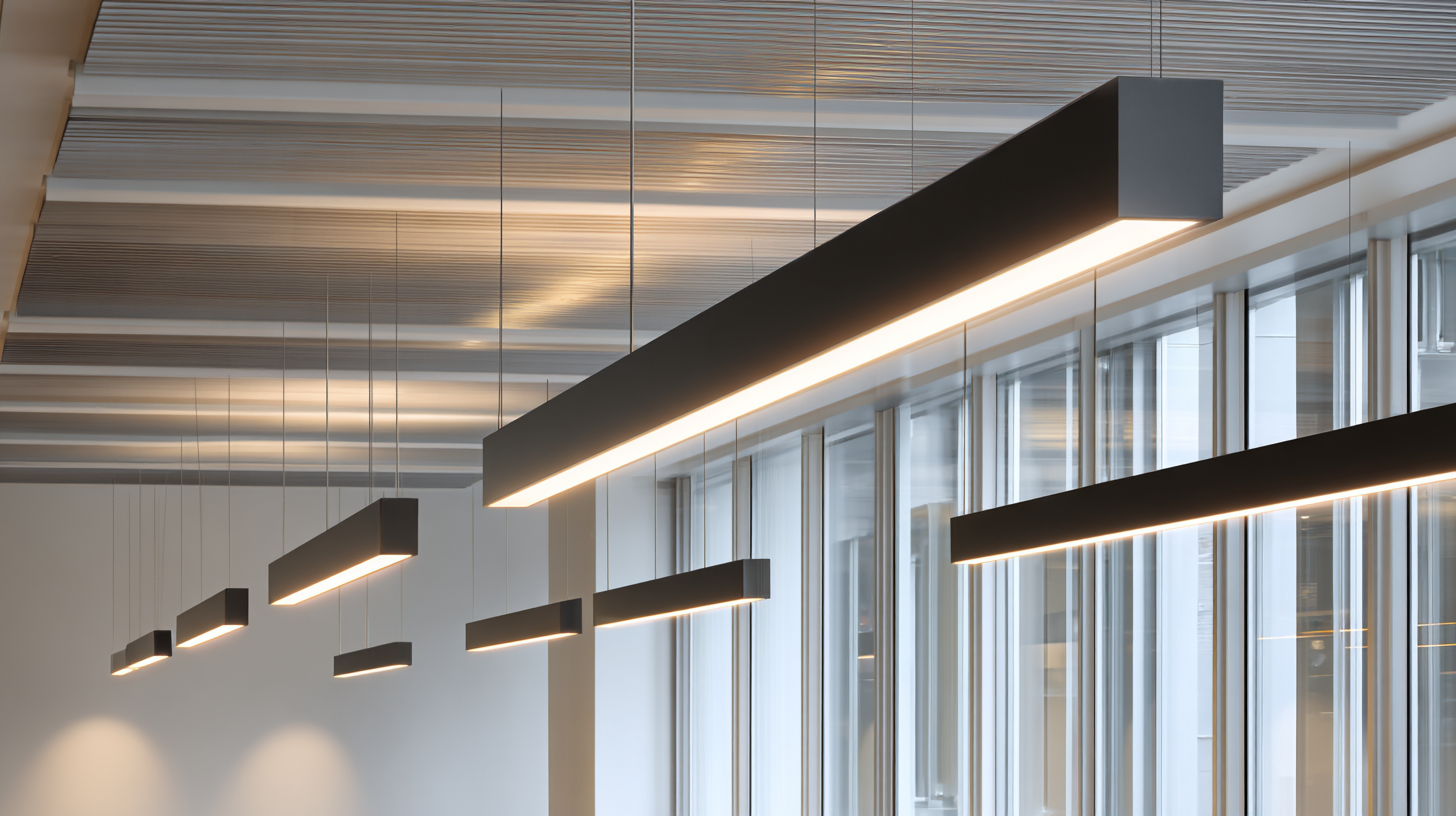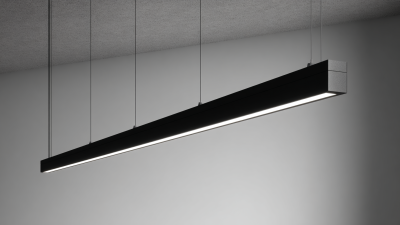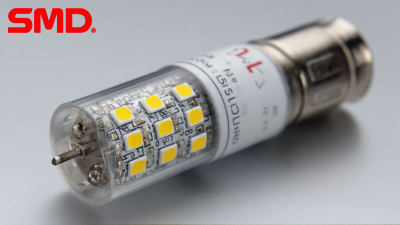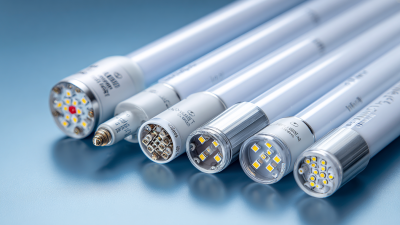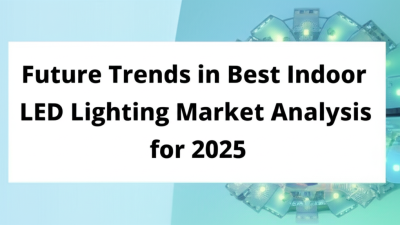Exploring the Future of Linear Lighting Pendants: What Makes Them Essential for Modern Spaces?
In today's rapidly evolving interior design landscape, the Linear Lighting Pendant stands out as a transformative element that merges functionality with aesthetic appeal. As modern spaces increasingly embrace minimalism and open-concept layouts, the need for versatile lighting solutions has never been more critical. These sleek fixtures not only provide ample illumination but also serve as striking focal points that enhance the overall ambiance of a room. From contemporary homes to chic office environments, Linear Lighting Pendants are essential in reflecting a sophisticated style while ensuring efficient space utilization. This blog delves into the innovative designs, applications, and future trends of Linear Lighting Pendants, emphasizing their significance in crafting modern, functional, and visually captivating interiors.
Emerging Trends in Linear Lighting: Impact on Modern Interior Design
Linear lighting pendants have rapidly gained popularity in modern interior design, thanks to their sleek and elegant profiles that provide both function and aesthetics. As we explore emerging trends, it's clear that these lighting fixtures are not just about illumination; they serve as integral design elements that enhance the overall atmosphere of a space. The integration of linear pendants in different settings, from residential to commercial, can dramatically transform an area, adding a contemporary touch that resonates with current design sensibilities.
Tips for incorporating linear lighting pendants effectively include considering the scale of the space. Long, narrow spaces benefit from elongated linear fixtures that can create an illusion of depth and continuity. Additionally, layering your lighting by combining pendants with ambient and task lighting can enhance functionality while maintaining visual interest. Don't hesitate to experiment with finishes; matte black or brushed metal can impart a modern vibe, while warmer tones can create an inviting ambiance.
As we embrace technological advancements, smart linear lighting is becoming increasingly accessible, allowing for customizable brightness and color temperature. This trend not only enhances personalization but also contributes to energy efficiency. When selecting linear lighting pendants, pay attention to the control options and compatibility with smart home systems to ensure a seamless integration into your modern space.
Exploring the Future of Linear Lighting Pendants
Key Benefits of Linear Lighting Pendants in Enhancing Aesthetic Appeal
Linear lighting pendants have become increasingly essential in modern spaces, combining form and function to elevate aesthetic appeal. Their sleek, elongated designs offer a contemporary touch that seamlessly integrates with various interior styles, from minimalist to industrial chic. These pendants not only provide effective illumination but also serve as a statement piece, drawing the eye and accentuating the overall decor of a room.
Tips for incorporating linear lighting pendants include choosing fixtures that complement the room's color palette. Opt for bold finishes like matte black or brushed gold to add a touch of elegance, or go with clear glass to enhance a sense of space. Positioning the pendants at different heights can also create visual interest and adaptability, allowing for a dramatic interplay of light and shadow.
Moreover, using linear lighting pendants in clusters can amplify their impact, encouraging a cohesive look in open-plan areas. This approach not only enhances functionality but also contributes to the ambiance, making your space feel warm and inviting. Consider dimmable options for versatility; they allow you to tailor the lighting to various moods and activities, underscoring the essential role these fixtures play in modern interior design.
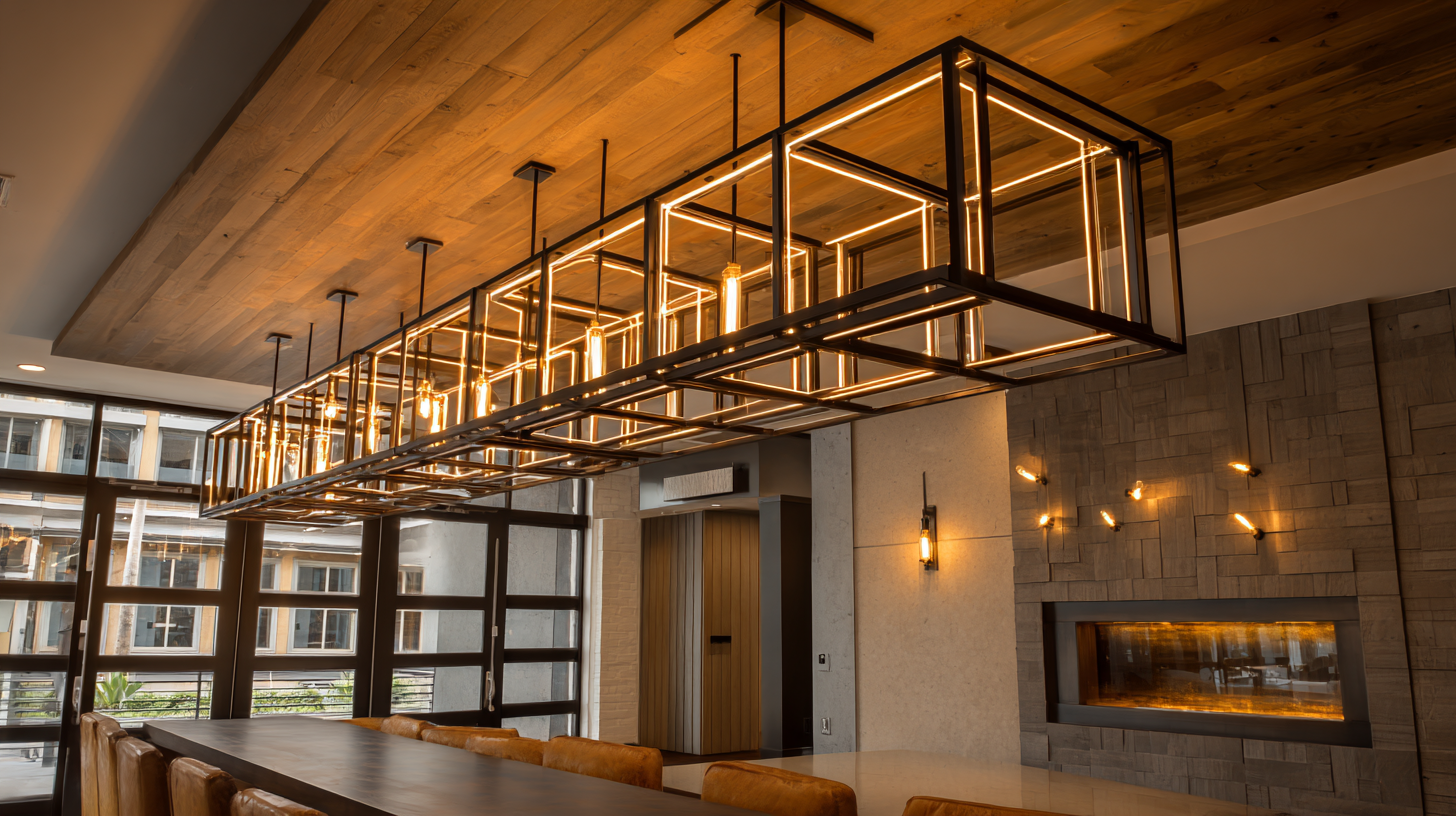
Energy Efficiency in Linear Lighting: Statistics and Environmental Impact
As the demand for energy-efficient solutions in modern spaces grows, linear lighting pendants are stepping into the spotlight. These sleek fixtures not only provide seamless illumination but also play a crucial role in enhancing energy efficiency. According to recent studies, approximately 30% of energy consumption in commercial buildings is attributed to lighting. By switching to LED linear lighting, establishments can reduce energy usage by up to 75% compared to traditional incandescent bulbs. This significant reduction translates into lower electricity bills and a smaller carbon footprint, making linear lighting an attractive choice for environmentally conscious consumers.
The environmental impact of adopting energy-efficient linear lighting extends beyond mere statistics. With the rise of global energy consumption, the need for sustainable practices has never been more pressing. Lighting accounts for nearly 20% of the world’s energy use, contributing significantly to greenhouse gas emissions. By embracing linear lighting technology, modern spaces can mitigate these effects. In addition, many linear lighting products are designed with recyclable materials and longer lifespans, further reducing waste. As we navigate the future of design, it’s clear that linear lighting pendants are not just aesthetic choices; they are essential elements in our quest for sustainability.
Integration of Smart Technology in Linear Lighting Pendants: A Game Changer
The integration of smart technology into linear lighting pendants is transforming modern spaces, making them not just aesthetic fixtures but also integral components of smart homes. According to a report by Grand View Research, the smart lighting market is projected to reach $105.78 billion by 2025, highlighting the growing demand for intelligent lighting solutions. Linear lighting pendants equipped with smart technology offer features such as remote control, automation, and energy monitoring, allowing users to customize their lighting experience to suit various moods and activities.
Furthermore, the synergy of linear lighting pendants with smart home systems enhances energy efficiency and sustainability. A study by the International Energy Agency (IEA) reveals that utilizing smart lighting can reduce energy consumption by up to 50%. These pendants can be programmed to adjust brightness depending on natural light availability or occupancy, promoting an energy-saving approach that aligns with modern sustainability goals. By embracing smart technology, linear lighting pendants not only elevate the aesthetic appeal of contemporary interiors but also contribute significantly to the functionality and efficiency of living spaces.
Exploring the Future of Linear Lighting Pendants: What Makes Them Essential for Modern Spaces? - Integration of Smart Technology in Linear Lighting Pendants: A Game Changer
| Feature |
Importance |
Impact on Design |
Integration of Technology |
| Adjustable Brightness |
Enhances mood and functionality |
Allows customization of space |
Smart dimming capabilities |
| Energy Efficiency |
Reduces electricity costs |
Promotes sustainable living |
Smart energy monitoring |
| Smart Home Integration |
Increases convenience |
Seamless control with other devices |
Voice control and app functionality |
| Design Flexibility |
Fits various interior styles |
Enhances aesthetic appeal |
Customizable appearances |
| Control Options |
User-friendly operation |
Personalizes user experience |
Remote, app, and voice control |
Future Market Projections: The Growth of the Linear Lighting Industry by 2025
The linear lighting market is poised for significant growth, with projections indicating an increase from a value of $3.85 billion in 2025 to a remarkable $5 billion by 2033, reflecting a compound annual growth rate (CAGR) of 3.3%. This trend is indicative of a broader momentum within the lighting industry, which anticipates a rise in luminaire market value from approximately $7.5 billion in 2025 to $9.25 billion by 2033, driven by a CAGR of 2.5%. The increasing incorporation of linear lighting pendants in modern spaces points to their essential role in both aesthetics and functionality.
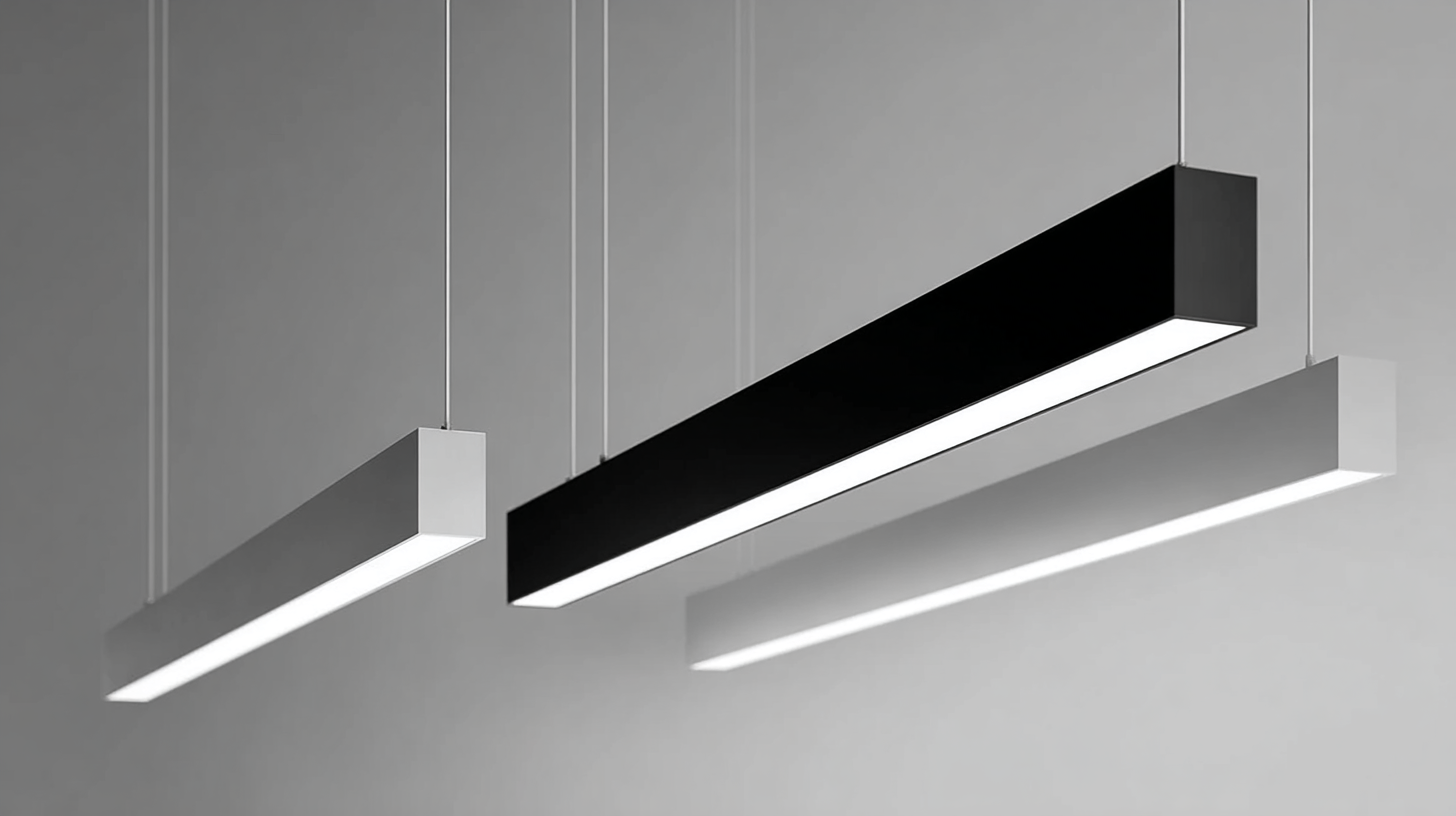
As clients continue to seek innovative and energy-efficient solutions, linear lighting pendants have become a staple in contemporary design. Their versatility allows them to be effectively integrated into various environments, enhancing the overall ambiance while offering practical illumination. By 2025, the architectural lighting market is expected to reach $11.37 billion, underscoring the importance of linear lighting products in modern architecture and interior design. The compelling growth trends highlight the essential nature of linear lighting pendants in shaping the future of spaces, ensuring they are not only visually appealing but also sustainable and adaptable to evolving user needs.

Home
About Byone
Factory Tour
Products
Project Portfolio
Download
Blog
Contact Us
